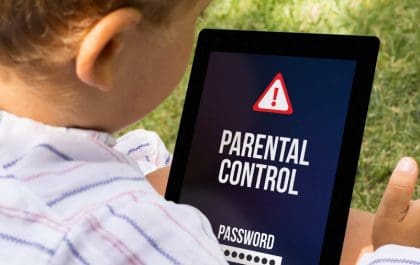by Dawn Dextraze, M.A.. Photo courtesy of GSMI at Tremont.
Every choice we make creates a difference to someone somewhere. Even the small things add up over the course of a lifetime. Let’s consider one of these small things: food waste. Individual choices about food can have a big impact on energy conservation.
Food does not stand alone on our plates. It has a history behind it. It links us to other people, other places, and to the energy cycle itself. Everything we put on our plate has a story.
“If the US wasted just 15% less food, it would be enough to feed 25,000,000 Americans annually.”
At Great Smoky Mountains Institute at Tremont, we share a little bit of that story with our participants at every meal. Our goal is to promote mindfulness and energy conservation. We encourage students to make conscious choices about how much food they put on their plates. For that reason, we serve food family style in our dining hall. When the food gets to the table, the students have a decision to make – How much food will I put on my plate? They are initially informed by their hunger, senses, and habits, but as they learn about the story of food, they start to take the energy cycle into account too.
Food is energy; fuel for our bodies which allows us to do work. Initially, this energy comes from the sun and is transformed into sugars in plants. The plants may be fed to livestock where the energy is stored as protein in meat or the plants may be harvested by farmers to be transported, processed and packaged. Consumers buy these products from farmer’s markets, grocery stores, and corporations. These products are then prepared or cooked into a meal. Energy in the form of fossil fuels is used throughout the process in the form of fertilizers, fuel, and electricity. It can take months or years for the energy of the sun to reach our plates in a form ready for us to use.
Students don’t always have a choice about where their food comes from or what food they are eating, so we allow students the opportunity to become part of the story by deciding how much food they will put on their plate. We are mindful about how much food is wasted. Food waste is wasted energy after all, and it has to go somewhere. We collect and weigh food waste at the end of each meal to raise awareness of just how much food is wasted in our society. The total food waste in pounds is marked on a graph for all to see. We usually see a reduction of food waste by the time the students leave us, and we encourage them to continue their mindfulness and awareness of food as energy when they go home.
Here are some ways you can educate your family about food as a resource and begin to conserve energy at home.
- Use a map and find out where food comes from on the map.
- Follow the food chain backwards from the food on your plate to the sun.
- Research what happens to food when it is put in your trash can.
- Observe something like your old Halloween pumpkin decompose.
- Weigh your food waste at home for a week or month and graph it.
- Grow and harvest your own food in your home or backyard.
- Compost food scraps.
- Get creative with leftovers – reinvent your meal.
How much food is wasted each year?
According to Mother Nature Network (www.mnn.com), 4 billion tons is wasted each year globally! An average of 209 – 254 lbs of food is wasted annually by Americans. If the US wasted just 15% less food, it would be enough to feed 25,000,000 Americans annually. Wasting food costs Americans 300 million barrels of oil a year, 25% of our water resources, 750 million dollars to dispose of the waste, and 33 tons of landfill space.
Dawn Dextraze earned her BS in Biology from Mars Hill College in 2002 and her MA in Environmental Education from University of New Hampshire, Durham in 2009. She has taught at residential education centers in Washington, Maine, Massachusetts, New Hampshire, North Carolina, and Tennessee.
Related posts
Newsletter Subscribe
Newest Posts
Set Up a Parental Control for Online Safety
Have you ever wondered how long your children spend in front of a device without your supervision? Yes, it is…
Adopt A Life, Save A Life
By Jeff Ashin, CEO, Young-Williams Animal Center. Photo by: Young-Williams Animal Center Are you or your child thinking of adding…


